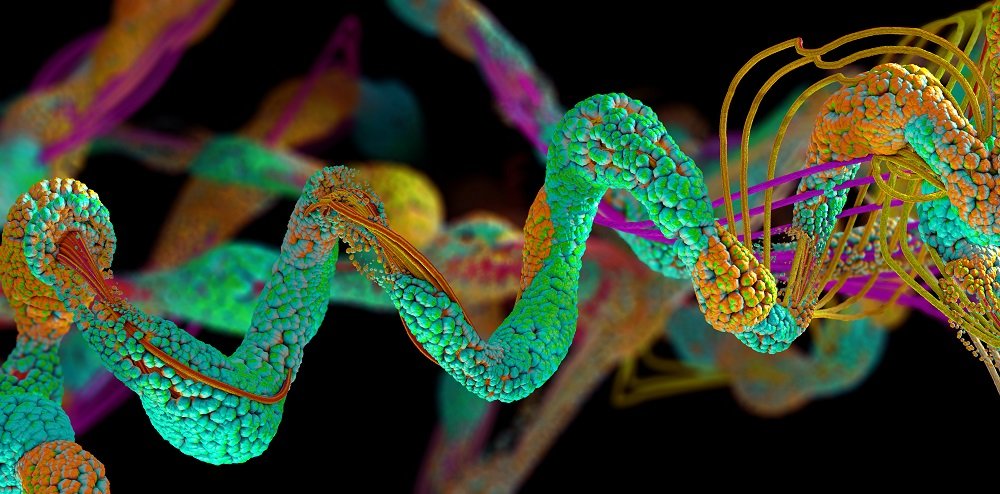Essential amino acids: functions, what they are and richest foods. In short, all the information you are looking for about the amino acids that our body cannot synthesize.

The amino acids are organic compounds containing a group amino and a group carboxyl, our body can synthesize new proteins to thereby construct.
In this sense, those amino acids that our body is capable of synthesizing by itself are called non-essential amino acids. But those that our body is not able to synthesize are called essential amino acids.
These amino acids can only be provided to our body through food, so that a varied and balanced diet must provide and contain foods rich in essential amino acids.
What are the essential amino acids?
Below we will tell you which are the essential amino acids, which, as we indicated above, we must contribute to our body from the diet that we follow daily:
Phenylalanine
Used primarily by the brain to produce norepinephrine, a chemical that transmits signals between nerve cells in our brain, and in turn promotes alertness.
Histidine
We find it above all in hemoglobin, being essential for the production of red and white blood cells in the blood, for the maintenance of the myelin sheaths and for the growth and repair of tissues.
Isoleucine
Necessary for the formation of hemoglobin, it helps in the repair and healing of bones, muscle tissue and skin. In addition, it helps stabilize and regulate both energy levels and blood sugar.
Leucine
It interacts with other amino acids, such as valine and isoleucine, to promote bone, muscle tissue and skin healing. In addition, it helps increase the production of growth hormone and reduces blood sugar levels.
Lysine
It helps in the formation of collagen (which is part of the connective tissue and cartilage), in the production of antibodies, guarantees the correct absorption of calcium and reduces high levels of triglycerides.
Methionine
It is an antioxidant amino acid rich in sulfur, which prevents disorders of the skin, nails and hair, and also helps prevent the accumulation of fat in both the liver and arteries. Beneficial for women taking oral contraceptives.
Threonine
Combined with methionine and aspartic acid it helps prevent the accumulation of fat in the liver, acting positively on the lipotropic function of the liver. In addition, it helps in the formation of elastin, tooth enamel and collagen.
Tryptophan
It acts as a natural relaxant, helping in the treatment of migraine, reducing depression and anxiety and also helps to improve insomnia, by inducing sleep. In addition, it increases the release of growth hormones and reduces appetite.
Valine
It is essential for tissue repair, maintaining nitrogen balance in the body, and for muscle metabolism. Muscle tissue uses it for energy.
Where to find essential amino acids?
Fundamentally we can find essential amino acids in those foods rich in essential amino acids, which are mainly those with high protein content. They stand out:
- Food of animal origin: milk and dairy derivatives (yogurt, cheese, butter …), eggs, fish and meat.
- Plant-based foods: cereals, legumes, vegetables, seeds and nuts.
How to provide our body with essential amino acids?
As we mentioned in the previous sections, to provide our body with the amount of essential amino acids that we need every day it is essential to follow a diet as varied and balanced as possible.
This means that we must follow a healthy but balanced diet, rich in fresh fruits and vegetables, but also consuming each week several servings of fish, meat, eggs … And every day also opting for dairy products, nuts and cereals.






























